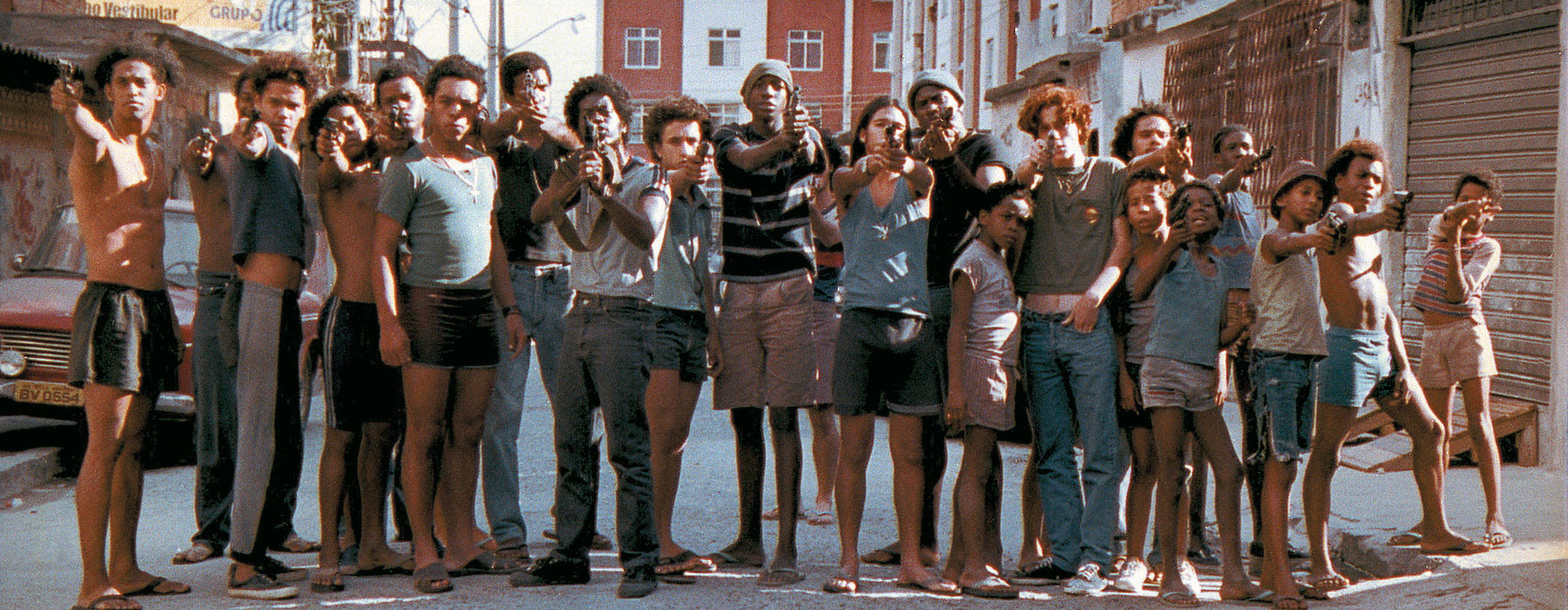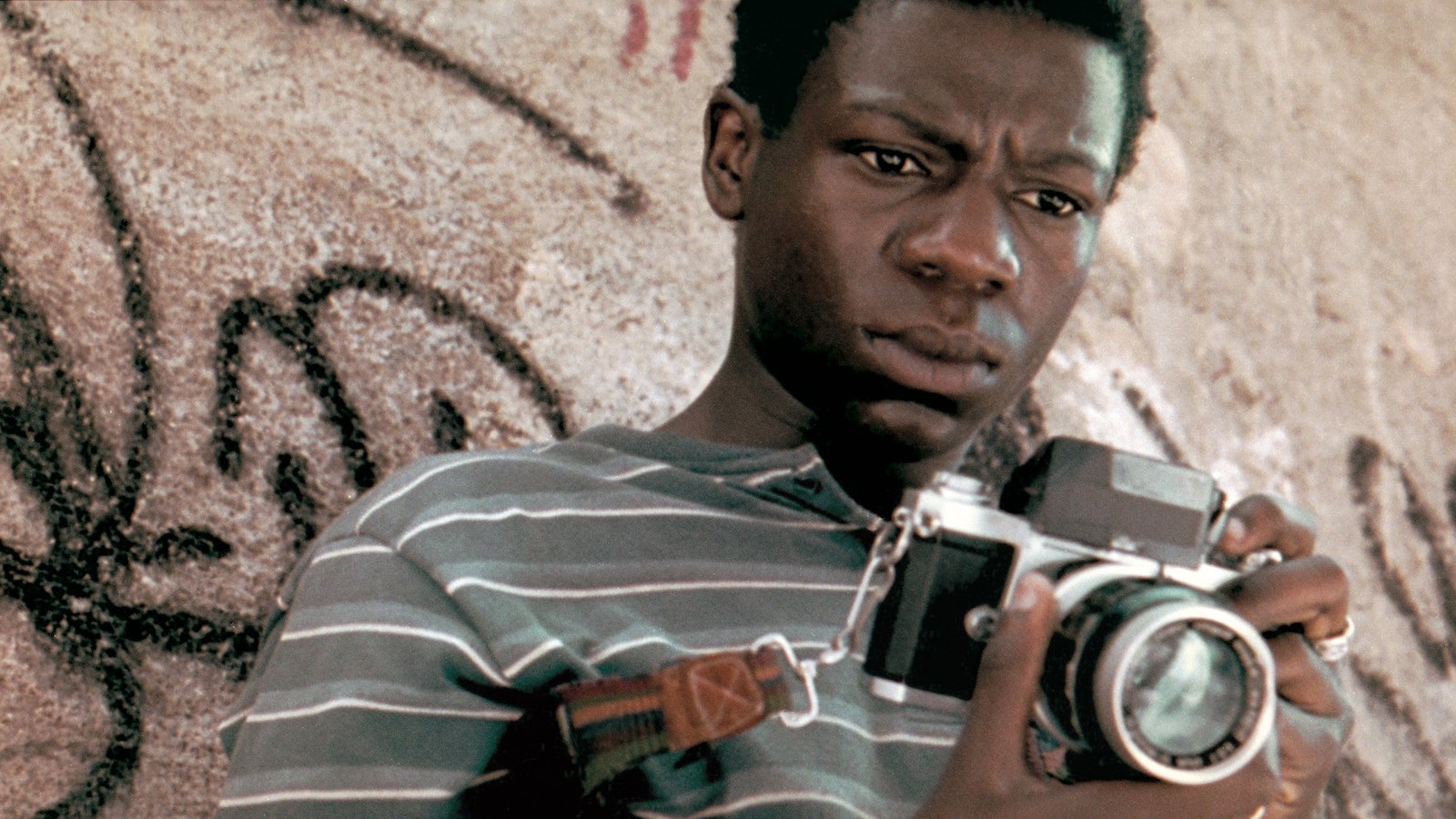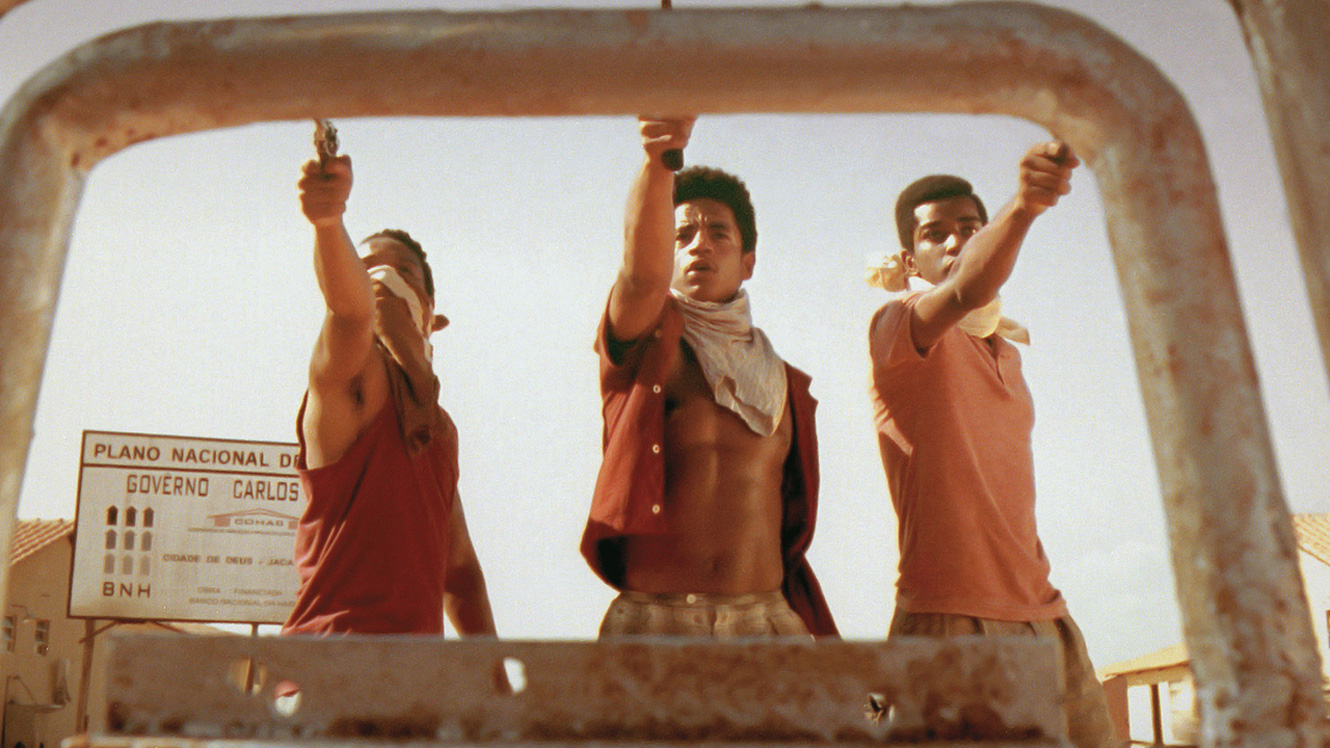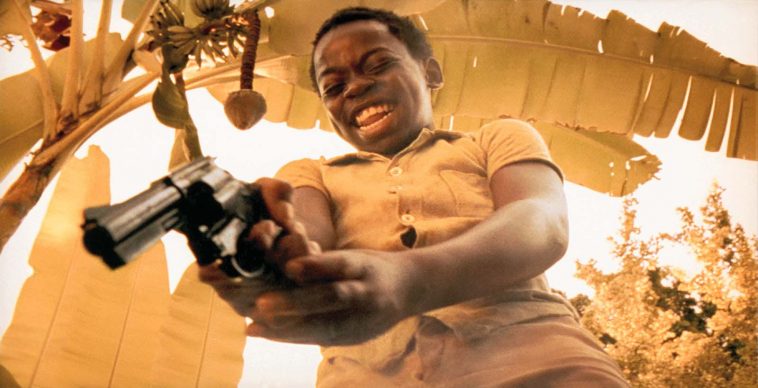Fernando Meirelles and Kátia Lund’s violent, vibrant and highly-influential Brazilian feature City of God pulled off that rare feat of pleasing both the foreign-language/art house audience and breaking through to the multiplex crowd. With UK box office takings over £2 million, it sits slightly underneath the top ten biggest money-making non-English speaking films of all time (hovering around the top is more palatable fare like Amelie and Crouching Tiger, Hidden Dragon).

Spanning three decades, the film shines a light on the lives of a number of children growing up in the notorious hill-side slums and shanty towns – the favelas – above Rio de Janeiro. Told via the point of view of teenager Rocket, who dreams of becoming a professional photographer, the film’s antagonist is sociopath Lil’ Dice, who grows up to become Li’l Zé – the ruler of a burgeoning drug empire. A never-ending cycle of violence and retribution is a daily occurrence. Many of the children are socially and economically imprisoned in their surroundings, lacking education and a moral compass, and instead are forced into an adult world of dealing and blood-shed.

Amongst the many deserved accolades heaped upon it at the time, City of God received praise for its visual style – a mixture of a hand-held gritty vérité, alongside a more stylised, hyperreal sense of action and emotions. But what struck the biggest chord for many viewers, was how the directors were able to elicit such raw and authentic performances from their young cast, comprised largely of untrained performers, many plucked directly from the favelas. You can almost taste and smell their world and it’s no surprise the location has proven to be popular with films like the popular Elite Squad and its sequel taking place largely within those walls, and even Hollywood blockbuster Fast & Furious 5 staging a Bourne-esque chase sequence and shoot-out across the rooftops.

Almost 17 years on, City of God still crackles with joie de vivre, despite the inherently grim and sobering subject matter. The enduring appeal of the film – and why it stroke a chord with that larger demographic – is essentially down to the sharp storytelling and that kinetic visual approach, which helps makes the film that little more palatable when violence rears its ugly head. A gateway film for those which a growing interest in foreign cinema, it remains a vital cultural document of Brazil – a country which is currently experiencing a thriving economy, yet still has huge economic disparity.






Leave a Comment